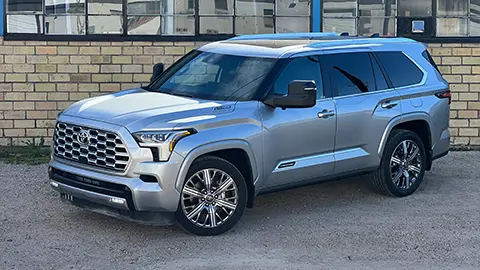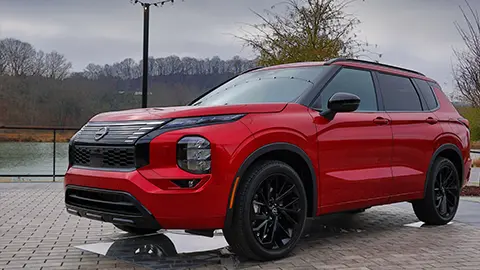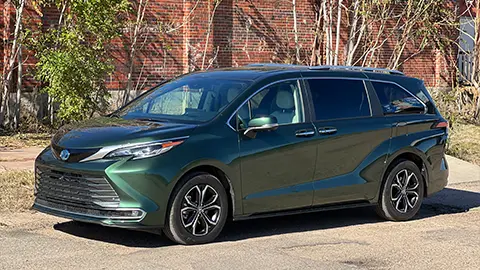Fast Facts | 2025 Toyota 4Runner Trailhunter
⚙️ Output: 326 hp / 465 lb-ft from 2.4L turbocharged four-cylinder + electric motor
🛞 Transmission: 8-speed automatic with hybrid assist
⛽ Efficiency: EPA-estimated 23 mpg combined (18 mpg observed in testing)
📦 Packaging: Battery under cargo floor raises height ~4 inches; no third row
🧰 Off-Road Gear: Rear locker, front sway-bar disconnect, low-range 4WD
🪜 Suspension: Old Man Emu setup with ARB rack and Rigid lighting
💰 Starting Price: $68,896 including destination
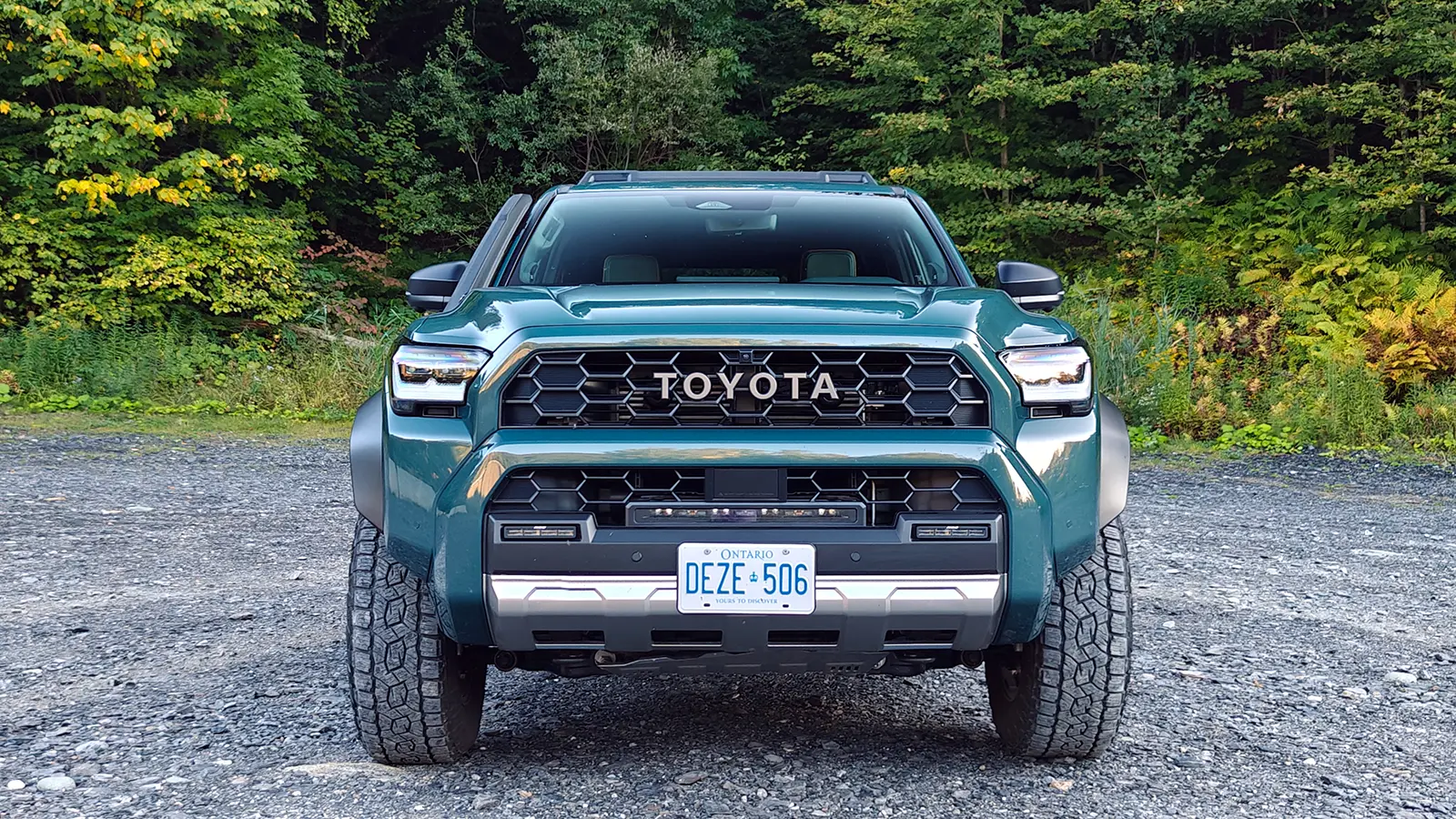
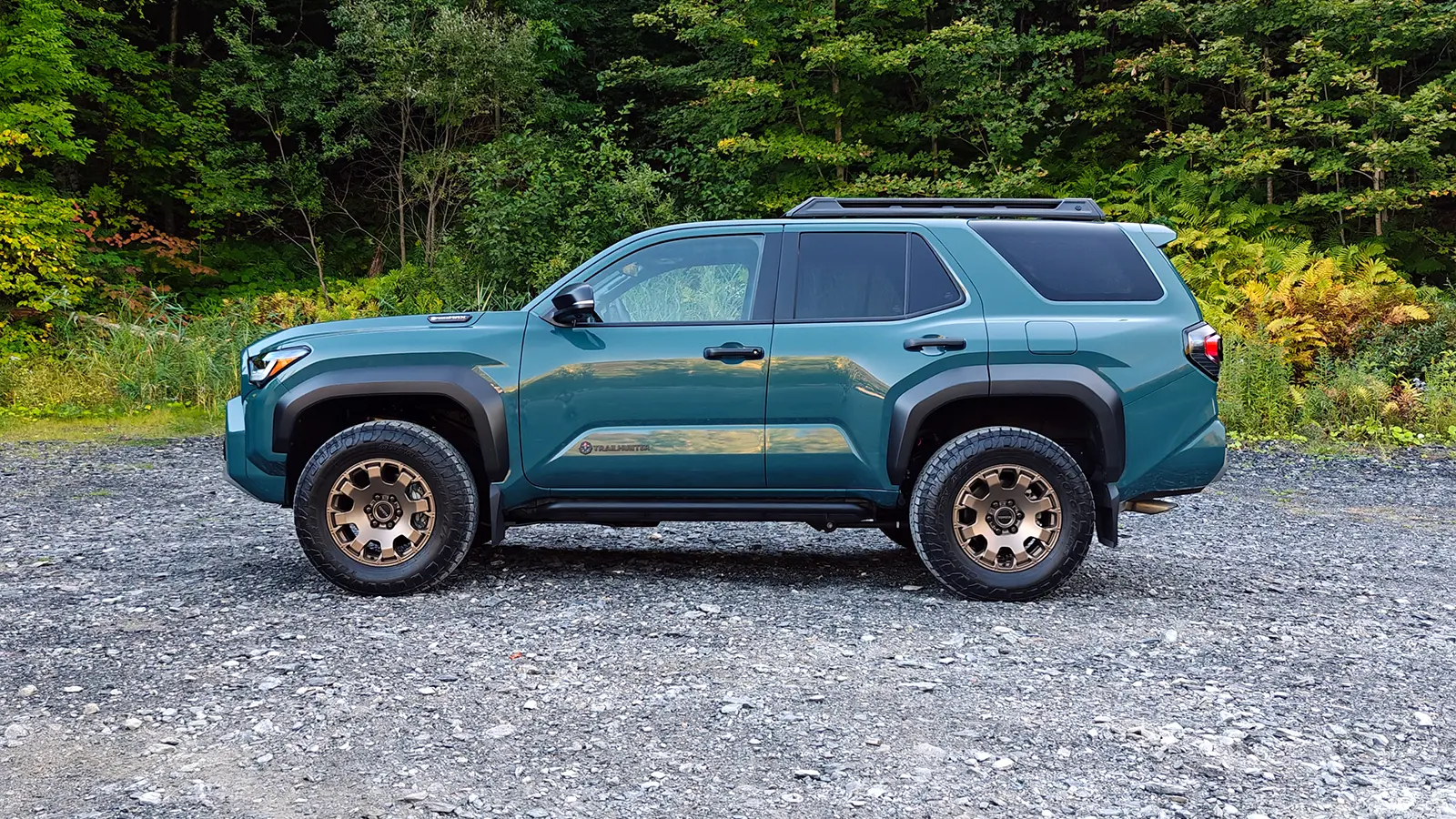
Hybrid Muscle, Trail-Ready Attitude
Not all hybrids are designed with fuel savings as the top priority. Thanks to the versatility of modern drivetrain controls, the addition of an electric motor is often an opportunity for engineers to boost performance without taking much of an efficiency hit, especially for large, heavy vehicles that tend to be thirstier than average.
The all-new 2025 Toyota 4Runner Trailhunter is a perfect example. After years of selling the iconic SUV with an ancient V6 and even older five-speed automatic transmission, Toyota has pushed the next-generation 4Runner firmly into the future with a turbocharged four-cylinder engine assisted by a single electric motor and a modest battery pack.
The goal? Beef up the 4Runner’s muscles and smooth out its rougher road manners using the torque boost from the electric assist. But given that the previous model was using technology from as far back as 15 years ago, there's another upside: a noticeable drop in the SUV’s monthly fuel bill (at least, according to EPA estimates).
The result is a win-win for 4Runner fans who’ve been waiting for an all-around better version of this off-roader. That said, to experience the Trailhunter firsthand, you’ll need to dig deep to tackle its surprisingly steep asking price.
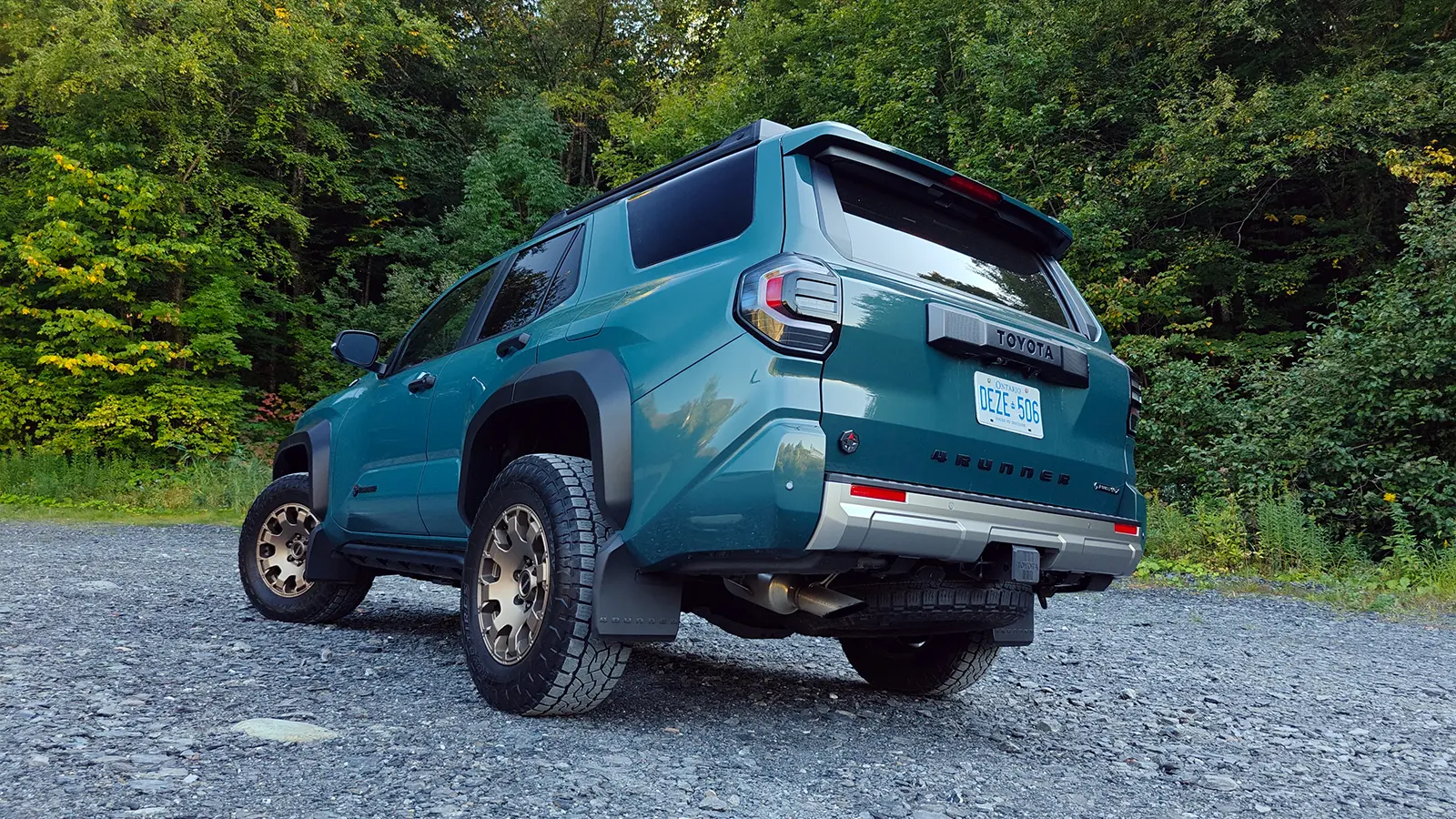

Turbo-Hybrid Power Is a Game-Changer
Two engines are available with the redesigned 2025 4Runner: a turbocharged 2.4-liter four-cylinder and a hybrid version of the same that adds a 48-horsepower electric motor and a 1.87-kilowatt-hour battery. The hybrid is standard on the Trailhunter and most upper trims.
If those powertrains sound familiar, it’s because they debuted in last year's Toyota Tacoma midsize pickup, which shares the same body-on-frame platform as the 4Runner.
The Trailhunter’s hybrid drivetrain is a revelation. With 326 horsepower and 465 pound-feet of torque available, the new 4Runner runs circles around the memory of the anemic 4.0-liter V6 of years past, which produced a noisy 270 horsepower and 278 lb-ft of torque when pushed to its limit.
The eight-speed gearbox is also a problem solver, eliminating the gear-hunting tendencies of the now-departed five-speed while working with the e-motor to significantly boost efficiency. The new setup is EPA-rated at 23 mpg combined in the Trailhunter, a jump from last year’s 17 mpg rating.
Curious how Toyota is pushing hybrids across the lineup? Start here: New Toyota RAV4 Is All-Hybrid
Gaining grunt while reducing fuel consumption is the holy grail for any vehicle’s evolution, and the 4Runner’s newfound athleticism deserves recognition. I was impressed with the power delivery, even if the transmission occasionally shuddered when cruising at lower speeds, and the switch between electric and gas power from a stop was sometimes abrupt. Those shifts grew more confident when using the vehicle’s Tow/Haul mode with a trailer attached.
However, I wasn’t able to match the advertised EPA rating while driving mostly on rural two-lane highways. The 4Runner posted 18 mpg during my real-world testing.

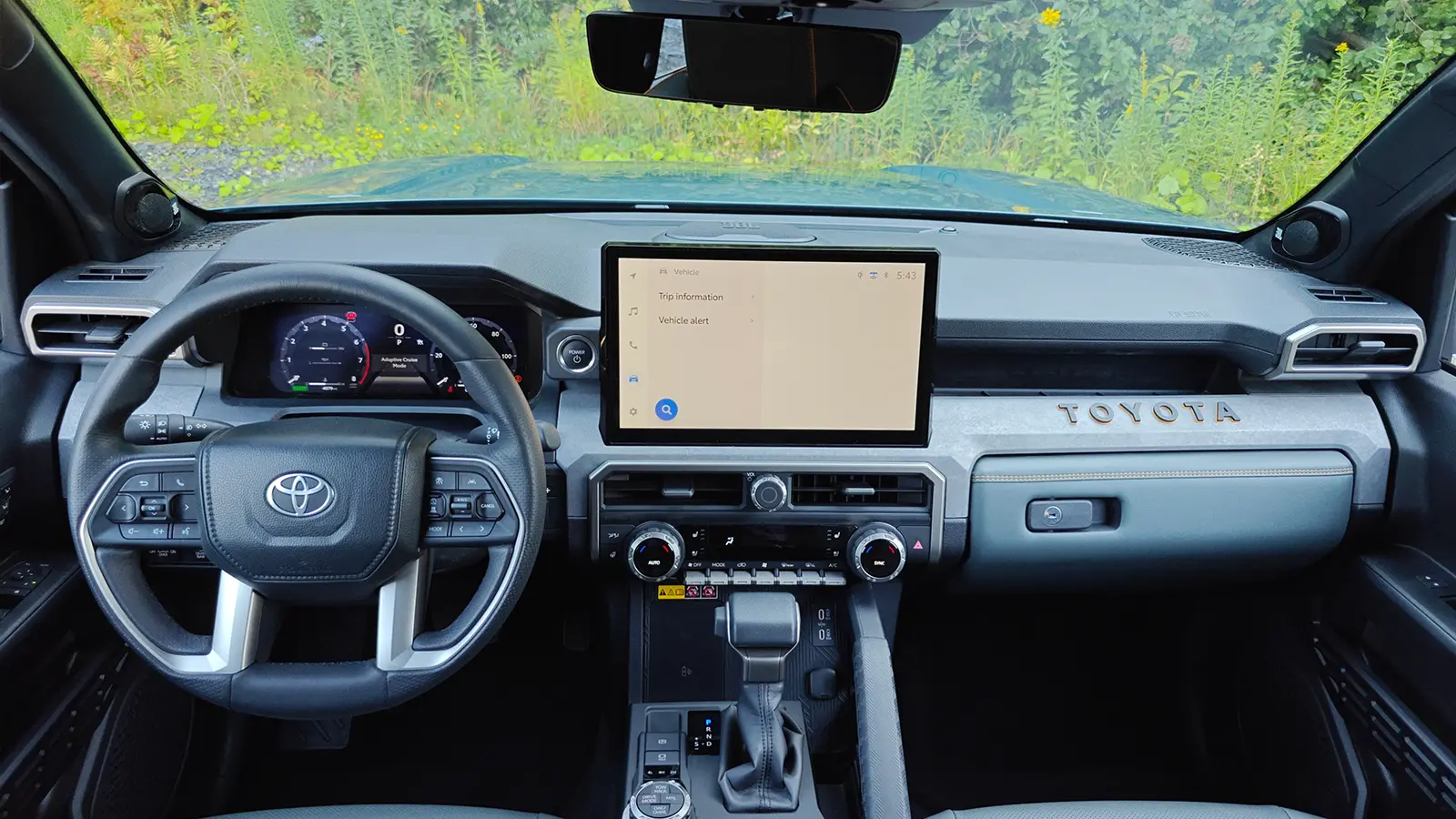
A Few Compromises to Consider
The Trailhunter’s hybrid setup comes with a few trade-offs, and most are tied to packaging. Toyota positions the battery under the rear cargo floor, raising it by 4 inches compared with nonhybrid models. You’ll be doing an extra lift and toss to get your gear in the back, and you’ll also lose the third-row seats that gas-only 4Runners offer as an option. It’s hard to understand why this choice was made, it's not like the designers didn't know from the start there'd be a battery included, but perhaps the Tacoma's layout took priority, leaving the SUV to adapt after the fact.
There’s another drawback to keep in mind: the hybrid's payload rating drops by several hundred pounds compared with the base engine.
Finally, there’s that air snorkel mounted on the side. It’s the source of cacophonous wind and intake noise, meaning it’s likely windows up all the way when driving at any speed.
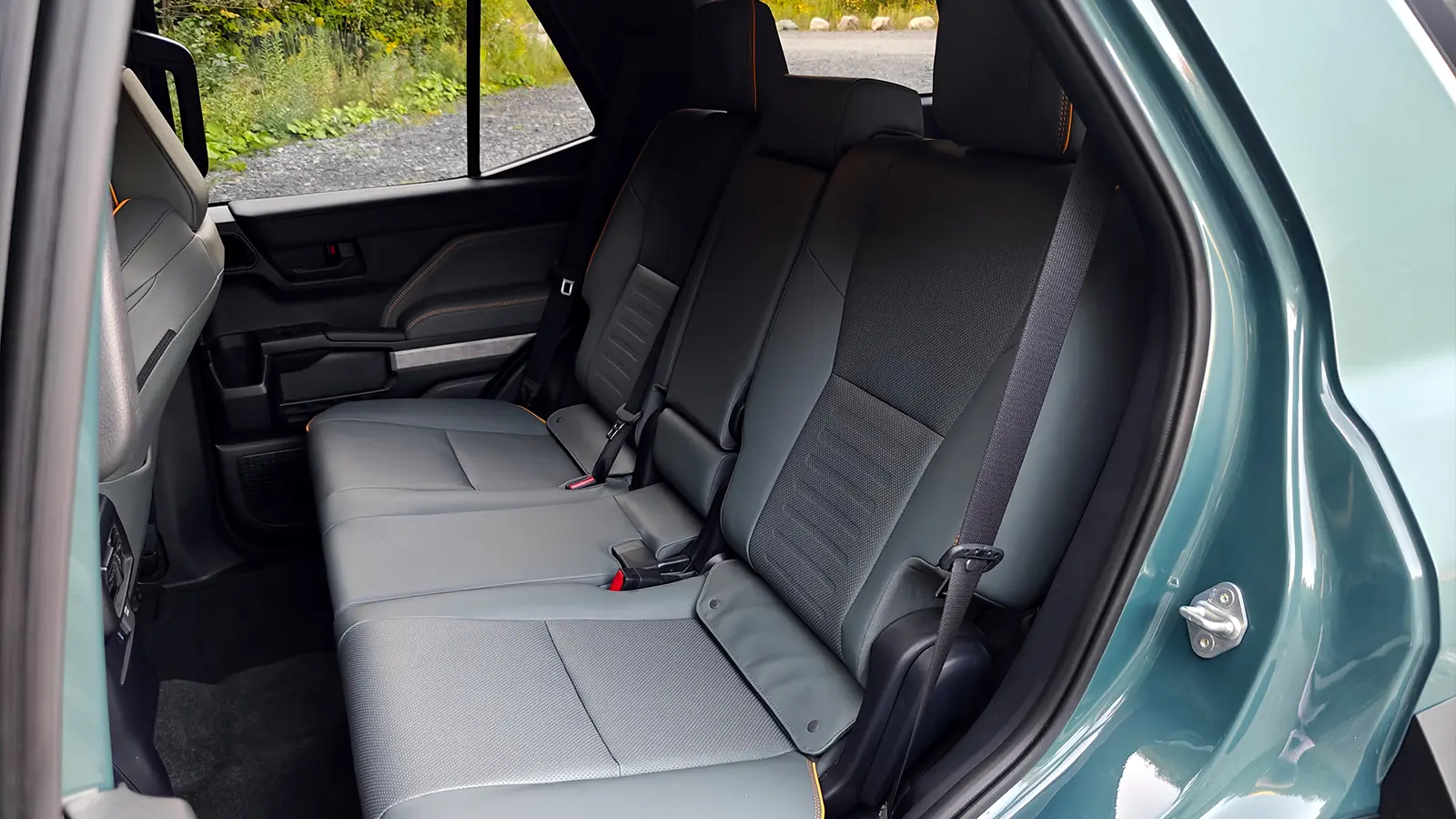
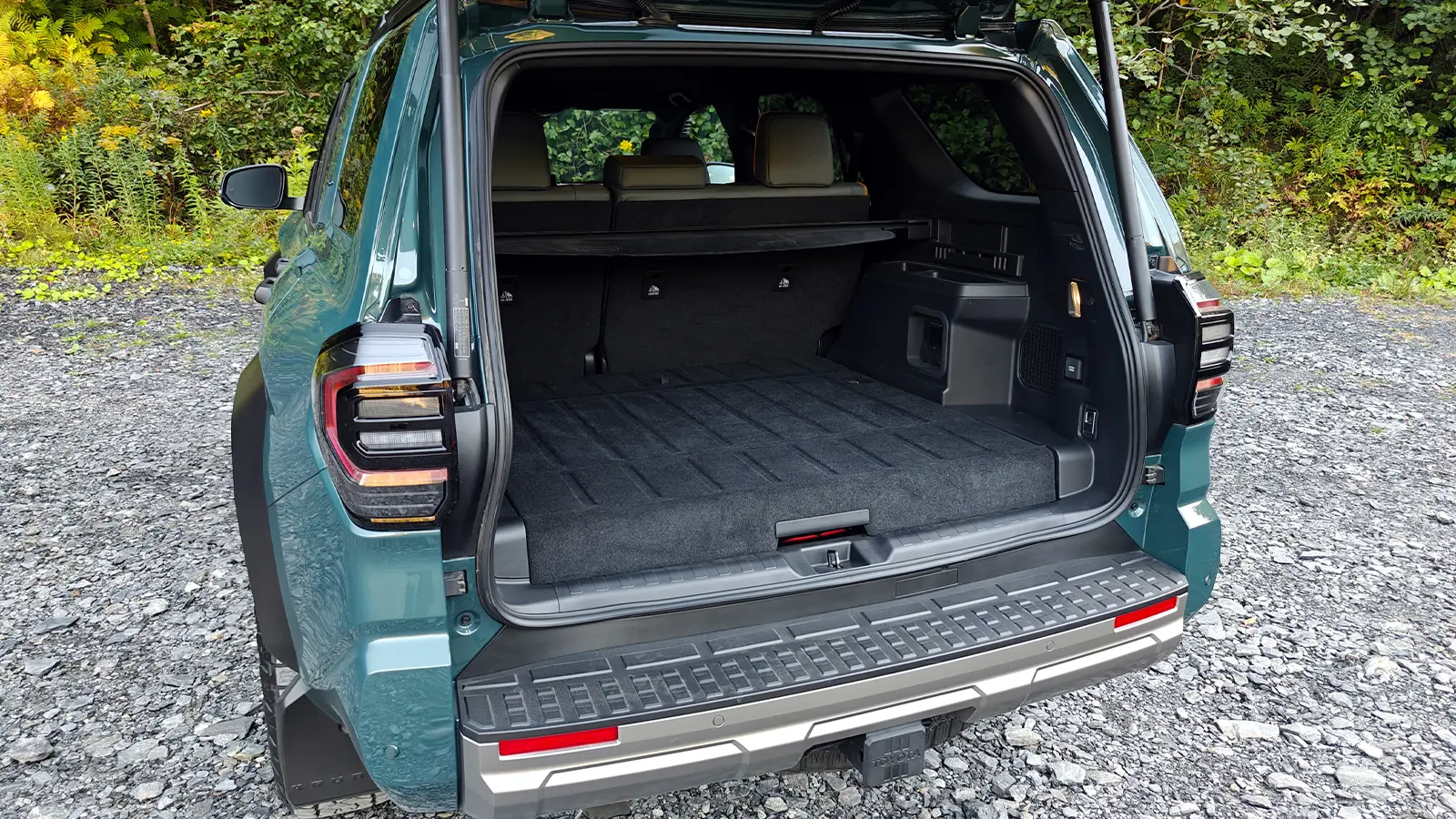
The Best 4Runner In More Than A Decade
Even with those caveats, I very much enjoyed driving the 2025 Toyota 4Runner Trailhunter. The turbo-hybrid drivetrain elevates it from anachronism to excellent daily driver, and I was shocked by how well its off-road-oriented chassis performed on asphalt. This SUV doesn’t rattle you to death over rough roads, nor does it sway to and fro when cornering at speed. Instead, it’s comfortable and controlled at all times, a personality trait that continued even when I aimed the 4Runner at several poorly maintained gravel tracks and pothole pits that link my rural home with civilization.
Exploring hybrid basics for readers new to electrified drivetrains? Hybrids — GreenCars 101 Course
If you do take the Trailhunter deep into the woods, you’ll benefit from gear like a locking rear differential, a remote disconnect for the front sway bar, and low-range four-wheel drive. That’s in addition to a variety of selectable drive modes specific to the type of terrain you’re tackling.
I’m all in on the Trailhunter's looks, too, which retain the bulging-fender stance of the TRD Pro trim while swapping desert-runner Fox shocks for an Old Man Emu suspension. There’s an ARB rack platform on the roof for above-the-bears camping needs and a set of Rigid foglights up front to complement the similarly badged light bar. The SUV looks the overlanding part and makes for a satisfying break from blander takes on midsize family transportation.
About That Price Tag…
The Trailhunter's biggest obstacle is its cost. Starting with an MSRP of $68,896, including destination, it’s tied with the TRD Pro as the most expensive 4Runner ever, and it's a hefty $12,000 more than last year’s range-topper.
That figure also exceeds the base prices of the Toyota Land Cruiser and even the Lexus GX, both of which have equally modern underpinnings and are also off-road oriented, though not quite as hardcore. With so many adventure-oriented rigs in Toyota's lineup, not to mention rivals like the cheaper Jeep Wrangler Rubicon and Land Rover Defender, it's fair to wonder whether the Trailhunter can carve out its own niche. Toyota seems confident it has yet to reach the saturation point for go-anywhere SUVs.
📊 EV Knowledge That Drives Smarter Decisions
- 2025 Toyota Tacoma TRD Pro Hybrid Review: Off-Road, Tougher, Smarter, Stronger
Toyota’s truck platform that underpins 4Runner shows how the turbo-hybrid transforms off-road manners and torque delivery
Read More ➜ - New Toyota RAV4 Is All-Hybrid
Toyota’s bread-and-butter crossover goes fully hybrid, signaling how mainstream the brand’s electrified strategy has become
Read More ➜ - Popular Hybrid Vehicle Options
A quick tour of today’s hybrid landscape to help shoppers place 4Runner Trailhunter’s strengths and trade-offs in context
Read More ➜







